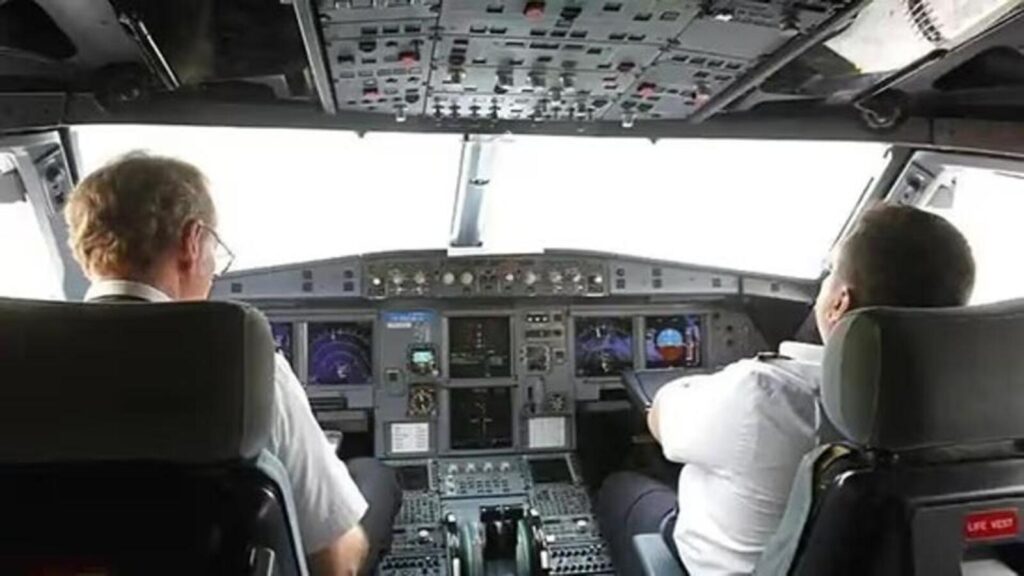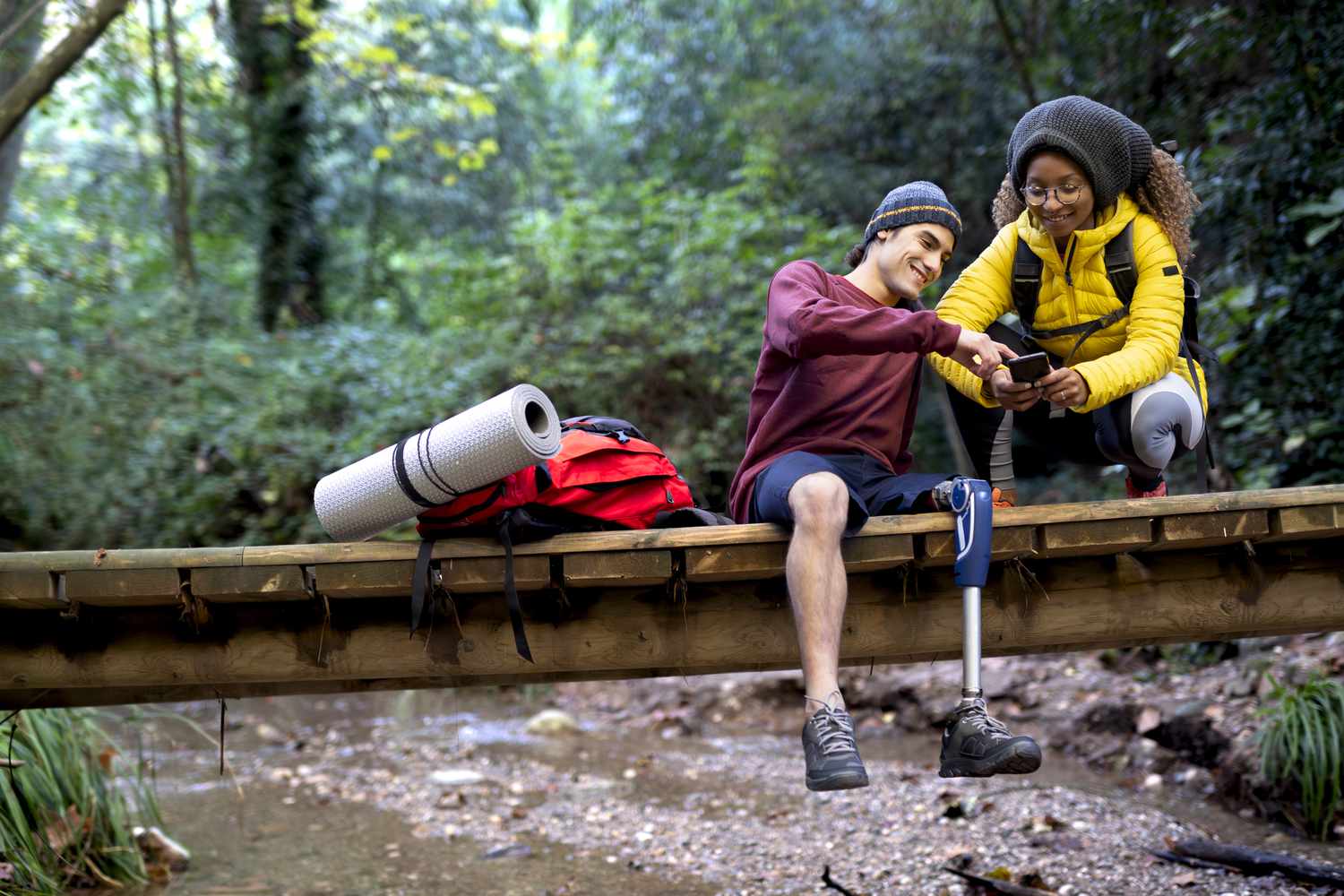Now Reading: Hidden Risks in Adventures
-
01
Hidden Risks in Adventures
Hidden Risks in Adventures

Adventure sports and outdoor activities have grown in popularity, offering excitement and the thrill of stepping outside comfort zones. For people in Tier-2 cities, trekking, paragliding, or water sports are becoming common weekend pursuits. While these experiences can be enriching, they come with hidden risks that are often overlooked, making awareness and preparation essential for safety and enjoyment.
One of the main risks is underestimating physical demands. Many activities require strength, endurance, and agility. Ignoring fitness levels or health conditions can lead to injuries, exhaustion, or worse, especially in remote locations where immediate help is unavailable.
Equipment and training also play a critical role. Using improper gear, following shortcuts, or skipping professional guidance increases the likelihood of accidents. For adventure seekers, investing in proper equipment and learning safety techniques is as important as the activity itself.
Environmental factors are another often-missed hazard. Weather changes, terrain conditions, or wildlife encounters can quickly escalate risks. In smaller cities, where outdoor training and awareness are limited, overlooking these elements can lead to dangerous situations.
Mental preparedness is equally important. Panic, overconfidence, or poor decision-making during unexpected scenarios can turn fun activities into emergencies. Learning to stay calm, follow instructions, and assess situations is crucial for safe adventures.
While adventure brings joy, excitement, and personal growth, hidden risks cannot be ignored. Understanding challenges, preparing adequately, and respecting nature and limits ensures that experiences remain thrilling but safe. True adventure is not just about thrill—it is about responsible exploration and returning with memories, not regrets.

























